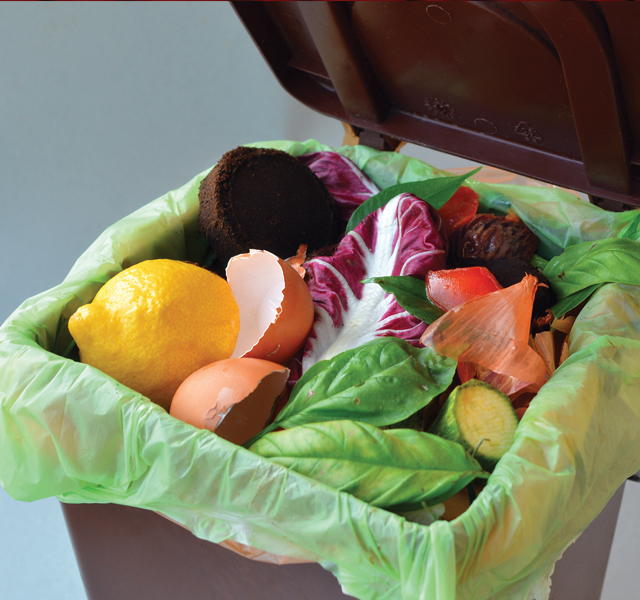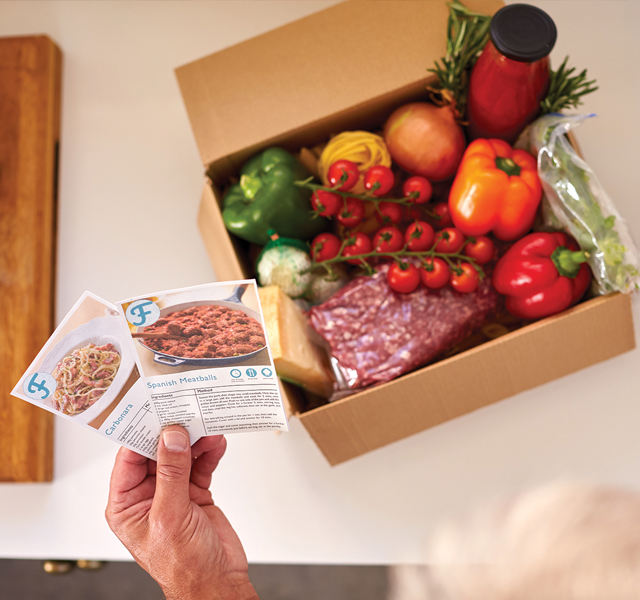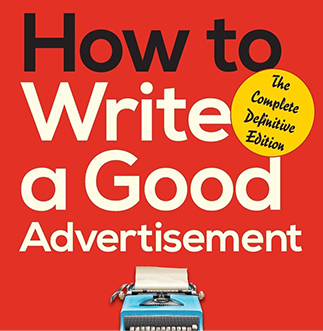The Cardiologist’s Wife: The Effect of Food Waste
The Cardiologist’s Wife: The Effect of Food Waste
by Lisa Tedder
An appalling amount of perfectly good food is wasted every day around the world, and worse, it exacerbates the climate change crisis.
In the United States, the average family throws away nearly one third of the food they purchase, costing them about $1,900 or more a year. Growing, producing, transporting and handling food all generate significant greenhouse gases, and food that ends up rotting in landfills produces methane, an even more potent greenhouse gas. The causes of climate change often feel overwhelming and impossible for individuals to tackle, but food waste is definitely something we can all work on while saving ourselves money.
In a survey of 4,000 households in 2020, the U.S. Department of Agriculture concluded that more than two-thirds of the responding households wasted between 20% to 50% of the food they bought. The houses with the most food waste tended to have healthier diets and a higher income while larger families, while those faced with food insecurity or those who used shopping lists had less waste. Worse, households account for far more waste than restaurants, grocery stores or farms. Clearly, we as individuals must change our habits. Reducing waste will help to feed more people without increasing the amount of food grown.
Resources used to produce the uneaten food, including land, energy, water and labor, are squandered with further impacts on climate change. According to the Food and Agriculture Organization of the United Nations, food waste is responsible for 3.3 gigatons of greenhouse gases annually, making it the third largest source of carbon emissions behind the U.S. and China. In the US, food waste is responsible for twice as much greenhouse gas emissions as commercial aviation. Enough water and energy to supply more than 50 million homes is lost through wasted food in the U.S. in a year. Agriculture is the single largest consumer of available water, accounting for 70% of the water used throughout the world each year. As we face increasing power costs and shrinking water supplies in the U.S., we need to find ways to conserve what we have and allocate precious resources wisely.
Food accounts for 24% of landfill solid waste, usually making it the single biggest item. In cities like Columbus, Ohio (estimated population of 900,000), some million pounds of food is thrown out every day. Leachate, or water runoff mixed with toxic chemicals from landfills, can pollute surrounding land, ground water or waterways. A small but growing number of cities and states have passed regulations requiring businesses and residents to compost food to keep it out of landfills. In many areas, landfills are nearing capacity and will close, increasing the urgency to find solutions to waste management issues. Composting provides a way in which waste disposal, water quality and agriculture can work together for mutual benefit.
Here are a few tips that will help you save money, reduce food waste and reduce your carbon footprint at the same time:
If you don’t think you waste much food, keep a diary of food you throw away for a few days.
Regularly clean and inventory your pantry, refrigerator and freezer. Check your refrigerator weekly and the pantry and freezer monthly so you know what needs to be eaten soon or what you need to replace.
Always plan your meals in advance, and make a grocery list before shopping, taking advantage of specials and coupons. This streamlines your shopping time, eliminates buying too much or forgetting items, and saves money.
Store food correctly so it lasts longer. Use the first in, first out system by placing newly bought food at the back of the cupboard or refrigerator. Make sure the temperature on your refrigerator and freezer is set correctly. Wrap food tightly or place in sealed containers.
Eat, share or freeze your leftovers; this saves you time and effort in the kitchen. Use leftover meat or cooked vegetables in another dish or take for lunch. Take home restaurant leftovers, too.
“Sell by” or “use by” dates are not expiration dates except for infant formula. The “best by” or “use by” date indicates when a product will be of the best flavor or quality. “Sell by” dates tell the store how long to display an item. When shopping, check dates and quantities to make sure you can use the product in a reasonable time frame. Of course, if it looks, smells or tastes off, throw it out.
Adjust your cooking as your family shrinks. The casserole that fed your family of five may not work for just two unless you freeze portions or share with a neighbor.
Wilted produce and slightly overripe fruit can still be used in recipes with no change in taste and little loss of nutrition.
Buying in bulk does not save money if you are throwing food out that you couldn’t use; buy only what you can use or share with someone.
Compost food scraps to use in your garden as the last step to keep food out of the landfill. Avoid adding meat, fish, dairy or any fats and oils to your compost. Check online for tips on getting started.
Some experts believe that reducing food waste is one of the best ways to combat climate change. We all can and should join the effort. Do it because waste is immoral. Do it because you are concerned about climate change. If nothing else, do it for your pocketbook.







